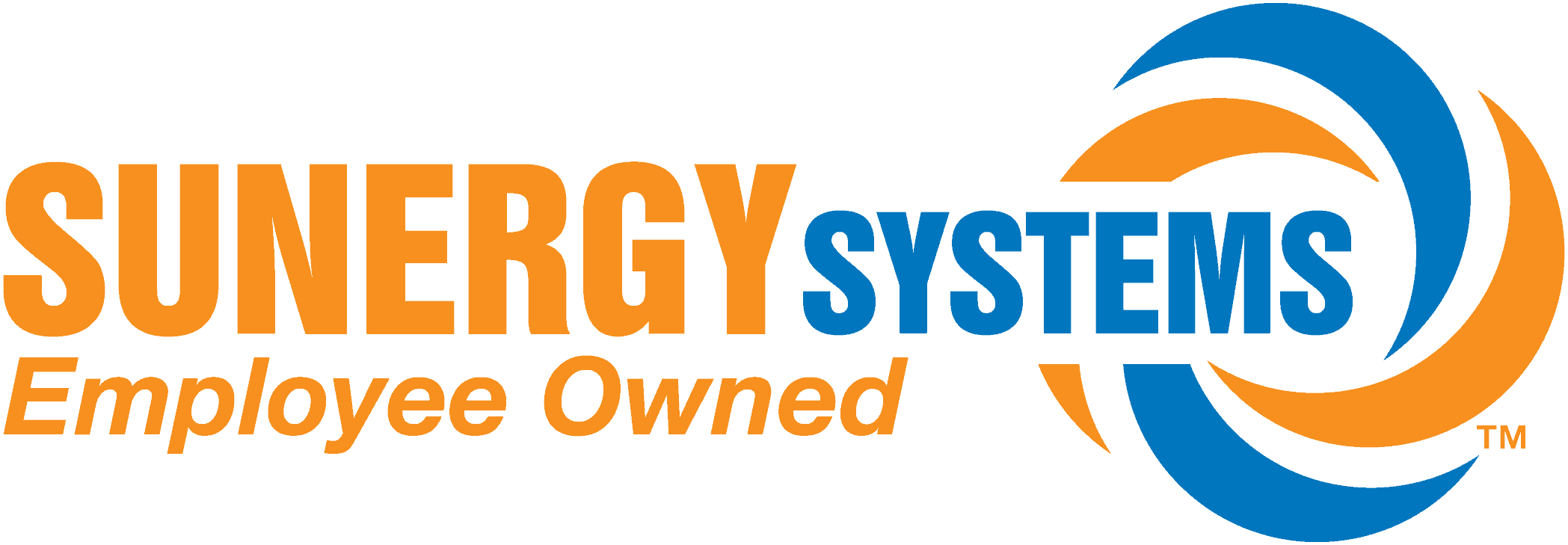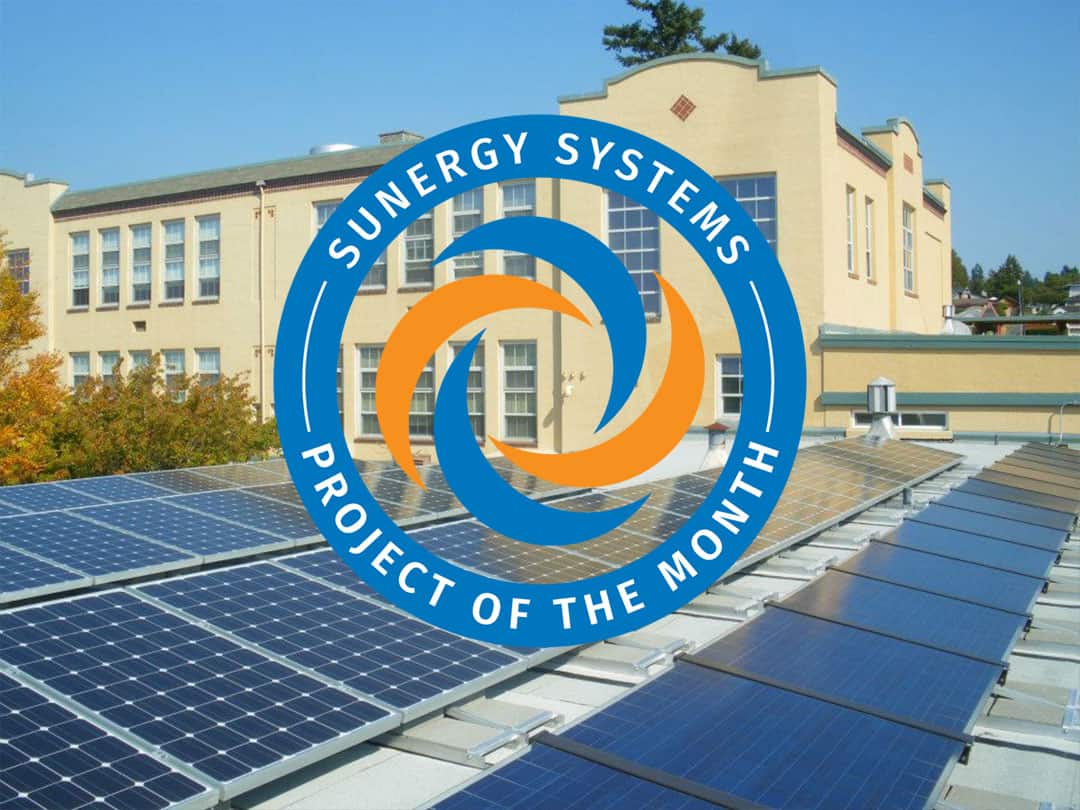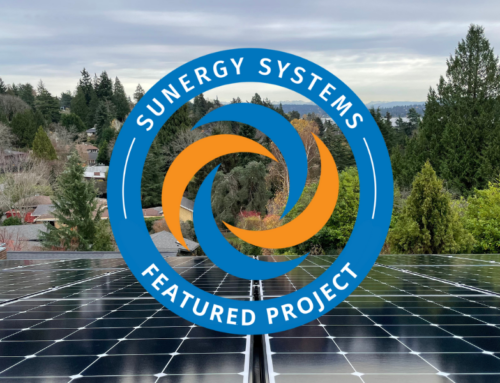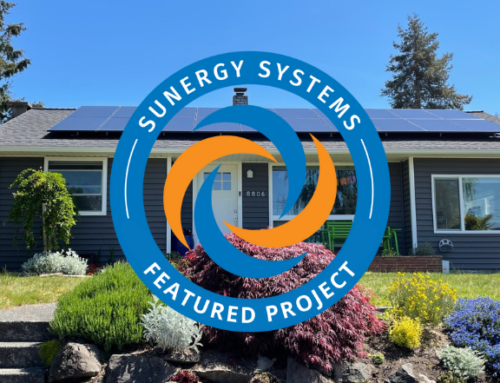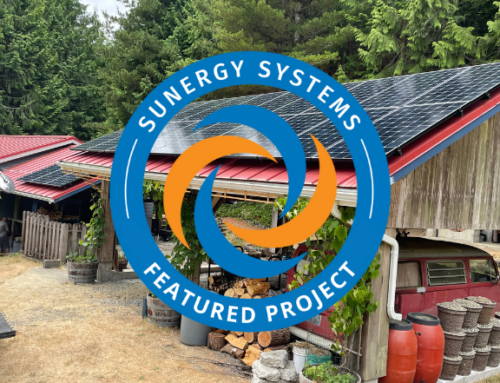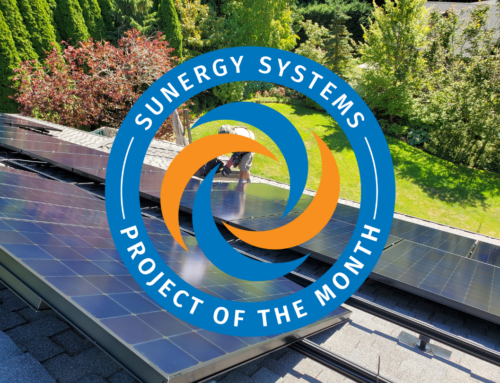A truly cooperative enterprise between Sustainable Edmonds, the City of Edmonds, Tangerine Power, and Sunergy Systems. The co-op model was chosen for this community solar project to benefit people whose roofs face the wrong way, who live in the forest or in apartments and condos, don’t have the money for an entire system, or simply don’t want solar on their home.
The 90 members bought SunSlices in increments of $1,000 each and will receive about $100 back each year over the 8-year contract. Plus, surplus, by whatever the members decide to do with the system at the end of the contract with the City of Edmonds. And with the co-op structure, it is 1 member, 1 vote. Our original 34 members built a 4.2 kW Silicon Energy system in the summer of 2011. With 56 new members and existing members buying more Slices, we raised enough to build an additional 18.9 kW in late summer 2012.
The Edmonds City Council was concerned about us penetrating the flat roofs, and the Historic Preservation Commission was looking at the impact on a registered historic building during the planning stage 3 years ago. We chose Silicon Energy partly because of their ability to hold up to the harsh marine climate that the panels are exposed to on the roof of the Frances Anderson Community Center, with salt air & exposure C wind classification. The Cooper B-Line Arista racks needed no anchoring, with proper ballasting, according to the engineers (mfr. & City). The Silicon Energy panels, though barely visible from the street, are a beautiful addition to the flat gray roof. And boy, do they have a nice view!
 The 18.9 kW Phase 2 system consists of Silicon Energy (L) and Itek (R) solar modules. The racks are from Sunmodo in Vancouver, WA. The extra layer of roofing under the ballasted racks is the kind of conscientious installation that got Sunergy Systems the encore job of installing Phase 2. The City of Edmonds, as a US DOE Sunshot partner, is working to streamline the permitting process for solar installations. They exempted the costs of the panels and inverters before determining the valuation for permit fee calculation. This saved the Co-op thousands. The City is buying all the power from both systems at a 40% discount, as well as getting a yearly roof lease fee. The Co-op maintains insurance on the system and the building.
The 18.9 kW Phase 2 system consists of Silicon Energy (L) and Itek (R) solar modules. The racks are from Sunmodo in Vancouver, WA. The extra layer of roofing under the ballasted racks is the kind of conscientious installation that got Sunergy Systems the encore job of installing Phase 2. The City of Edmonds, as a US DOE Sunshot partner, is working to streamline the permitting process for solar installations. They exempted the costs of the panels and inverters before determining the valuation for permit fee calculation. This saved the Co-op thousands. The City is buying all the power from both systems at a 40% discount, as well as getting a yearly roof lease fee. The Co-op maintains insurance on the system and the building.
This project represents 90 people who put their money where their values are. The cooperative efforts of a multitude of kindred souls made this (as far as we know) the first truly community-owned solar cooperative project in America.
